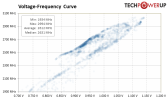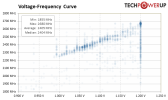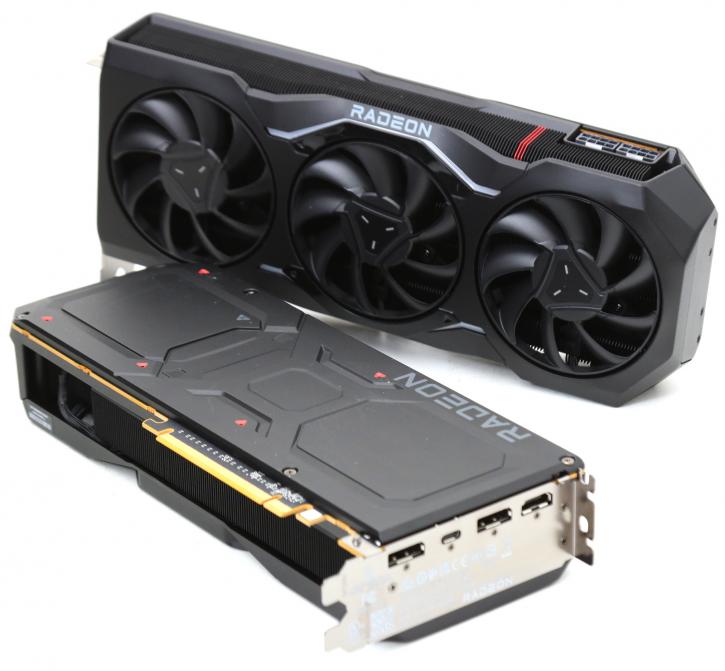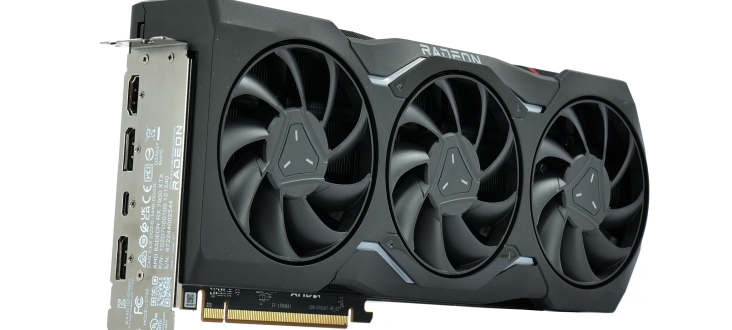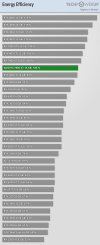[Albuquerquefx] Mod Mode: Arun's post seemed like the best place to start the spin-off RDNA3 efficiency thread. I've done a little bit of creative editing of some posts to keep the flow mostly linked to RDNA3 efficiency talk and less about "outlier" things. Please keep it civil...
I think it's fair to say RDNA3 has better power efficiency than RDNA2 probably even at iso-process (for non-raytracing especially), it just isn't "better enough", so how can it be an outlier unless you're claiming AMD typically improves perf/W more than they did from RDNA2->3 (not sure that's true in a long time except for RDNA1 maybe), or that AMD typically has the Perf/W crown (last time they did was GCN vs Kepler arguably, and definitely RV670/RV770/RV870-era where they had an unambiguous Perf/mm2 and Perf/W advantage in most markets).
Let's face it: 18 months is a long time in a high functioning engineering organisation. A lot can change, a lot can improve, through either rearchitecture or low-level optimisation. So it's always dangerous to underestimate the competition, and it's always wise to consider David Hume's Problem of Induction. The next R300/RV670/RV770 (or G80) could come out of nowhere. But to call RDNA3 an outlier seems to be pushing it a little bit in my opinion...
I'd rather know how RDNA4 compares to RDNA3 rather than think about the competitive positioning at this point really!
I think it's fair to say RDNA3 has better power efficiency than RDNA2 probably even at iso-process (for non-raytracing especially), it just isn't "better enough", so how can it be an outlier unless you're claiming AMD typically improves perf/W more than they did from RDNA2->3 (not sure that's true in a long time except for RDNA1 maybe), or that AMD typically has the Perf/W crown (last time they did was GCN vs Kepler arguably, and definitely RV670/RV770/RV870-era where they had an unambiguous Perf/mm2 and Perf/W advantage in most markets).
Let's face it: 18 months is a long time in a high functioning engineering organisation. A lot can change, a lot can improve, through either rearchitecture or low-level optimisation. So it's always dangerous to underestimate the competition, and it's always wise to consider David Hume's Problem of Induction. The next R300/RV670/RV770 (or G80) could come out of nowhere. But to call RDNA3 an outlier seems to be pushing it a little bit in my opinion...
I'd rather know how RDNA4 compares to RDNA3 rather than think about the competitive positioning at this point really!
Last edited by a moderator:


